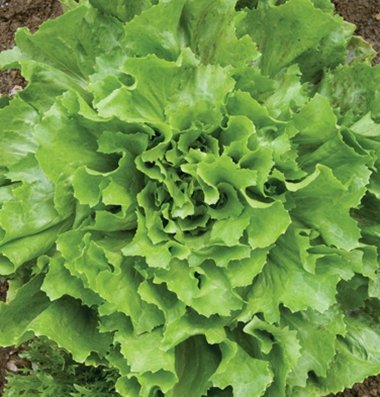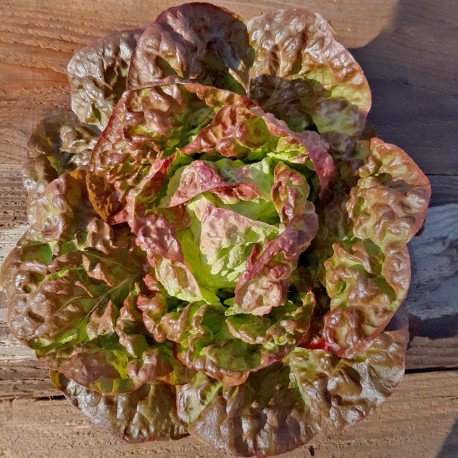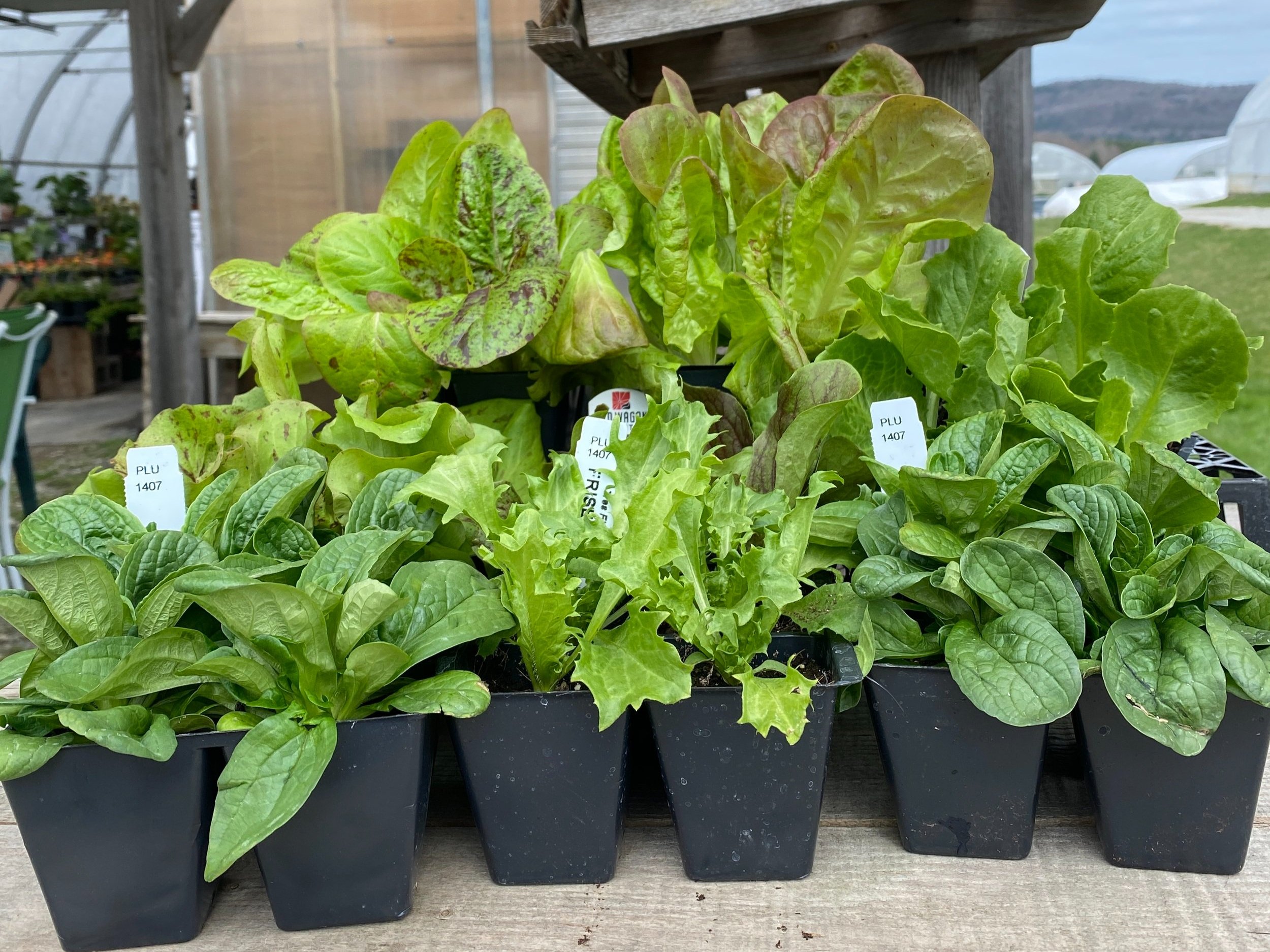We are growing some truly gourmet greens this year for you to try out in your garden. In addition to adding new flavors to your plate, many of these vegetables have better pest, disease and heat tolerance than some of the more commonly grown vegetables like spinach or arugula. If you love growing your own salad, you should pick a few of these to try this year!
Mache- Mache is the best cold-season salad green, and woefully underutilized given our long, cold spring climate. Sweet, thickly textured glossy green leaves add depth and nutty flavor to your salads, and are best eaten as a whole plant, cut right above the roots. Wash well and dress lightly with olive oil, hazelnut oil, or walnut oil, a squeeze of lemon and some good sea salt.
Radicchio- This spring we have a few radicchio varieties available: Leonardo, Virtus, and Bel Fiore, and you should try growing them all. These chicory family members develop small, cabbage-like heads that are mildly bitter, with a delicious crunch that make them ideal for raw salads, dressed with a creamy vinaigrette. They are also delicious grilled or broiled. All radicchios prefer cooler growing temperatures and are mildly frost-tolerant, so they’re a great option for the early spring garden. Plant again in the late summer for fresh greens that will last well into the fall.
Frisée- Another member of the chicory family with frilly, finely cut leaves that mature into a giant head. Use the young leaves in salad, or allow the head to fully mature, when the center will blanch and become extra tender.
Escarole in the garden
Merveille des Quatres Saisons
Escarole- A staple of Italian cooking, escarole shines as a cooked green alongside brothy white beans. When growing, patience is an asset, as the flavor improves and the inner leaves become more tender when allowed to fully mature. Pale inner leaves are great raw in salads.
If you’d prefer to stick with the more familiar head lettuce, you can still experiment with some new varieties! Two of our favorites are Merveille des Quatres Saisons and Forellenschluss. Merveille de Quatres Saisons is a French heritage variety that translates to “Marvel of Four Seasons”, and it lives up to the name with sweet, red-tipped bibb leaves that produce in all types of weather. Forellenschluss, AKA Speckled Trout Back, is an Austrian heirloom romaine that boasts speckled leaves and grows well through the summer heat.
Mache, Frisée, lettuces and chicories ready for the garden




